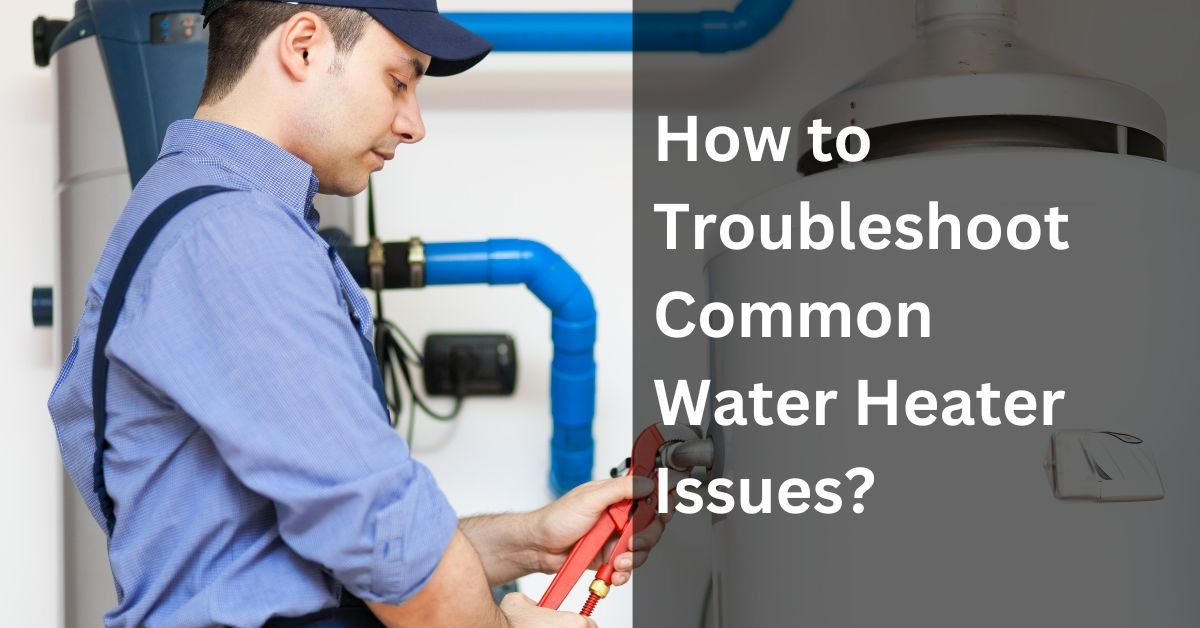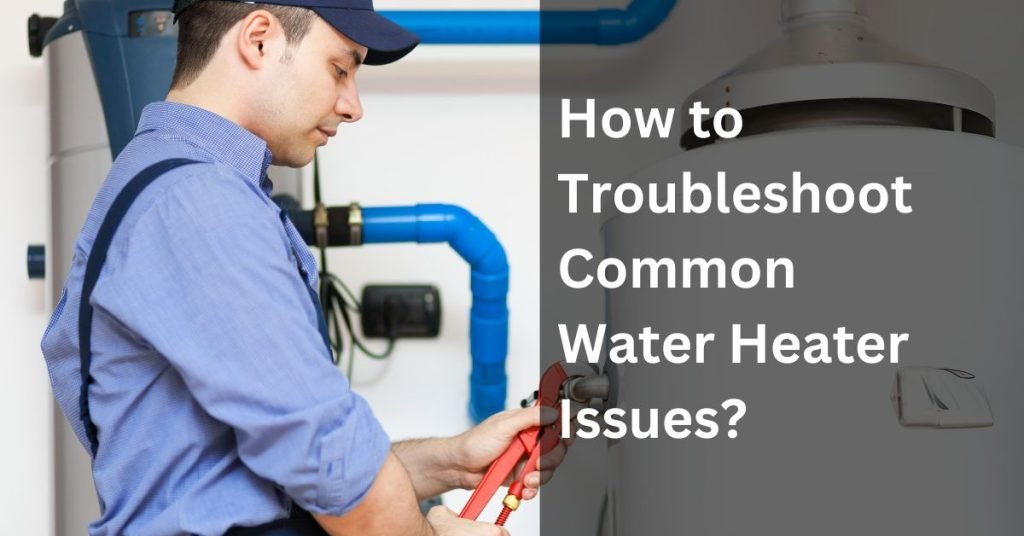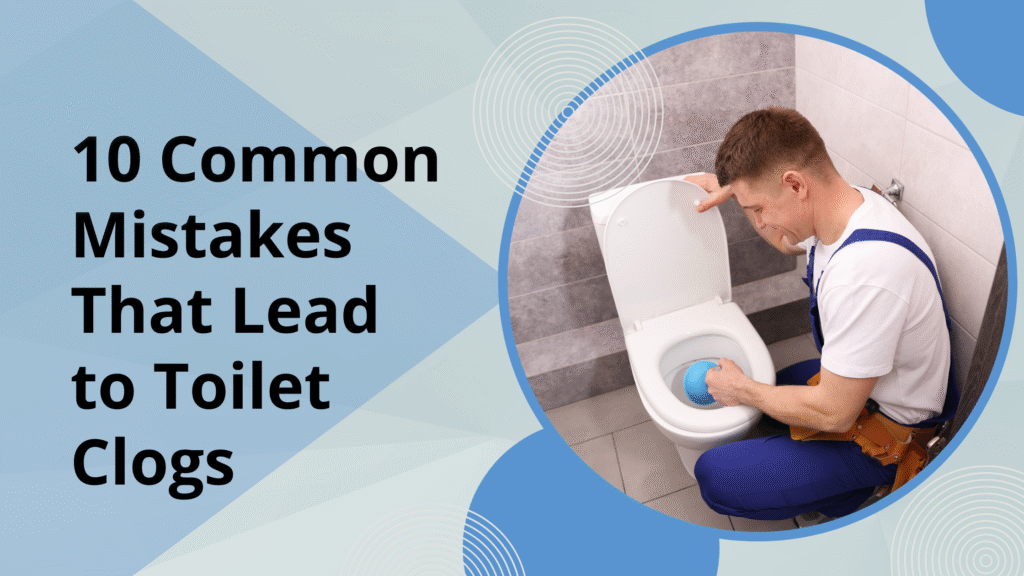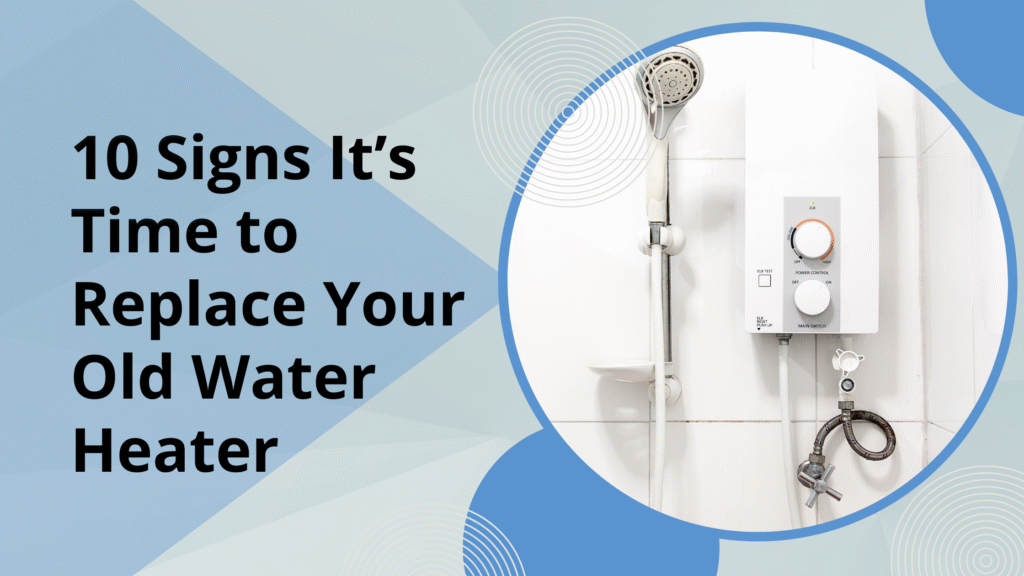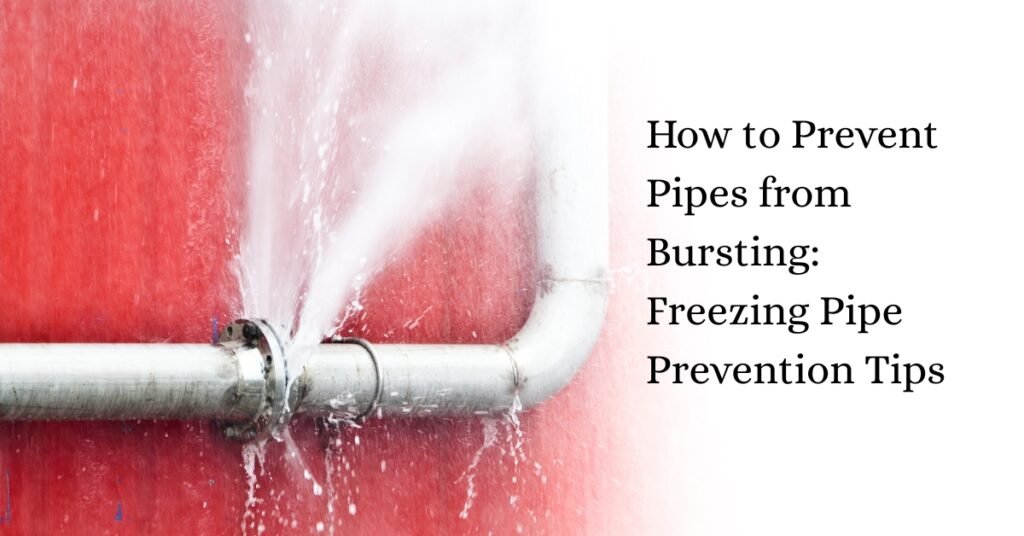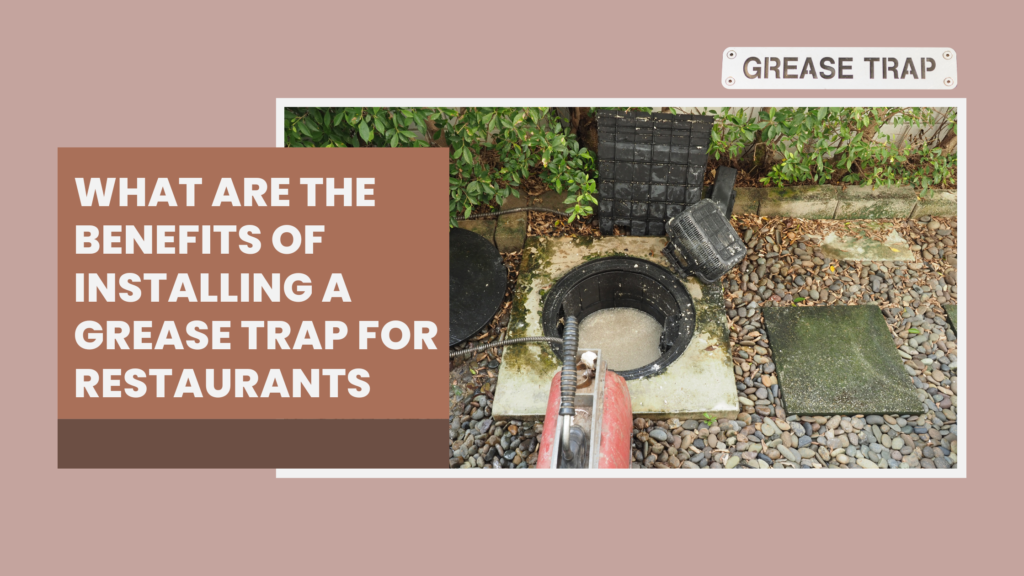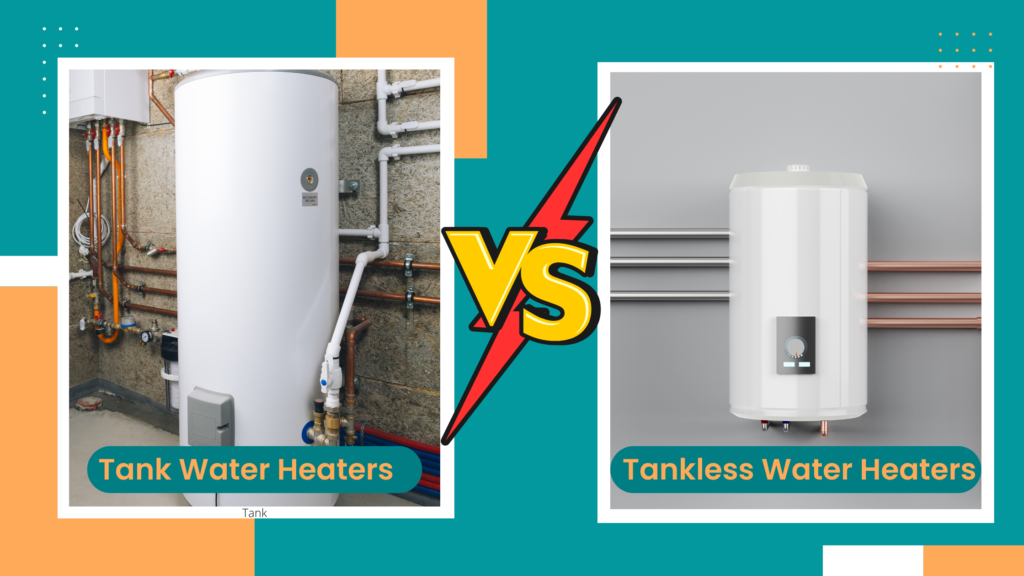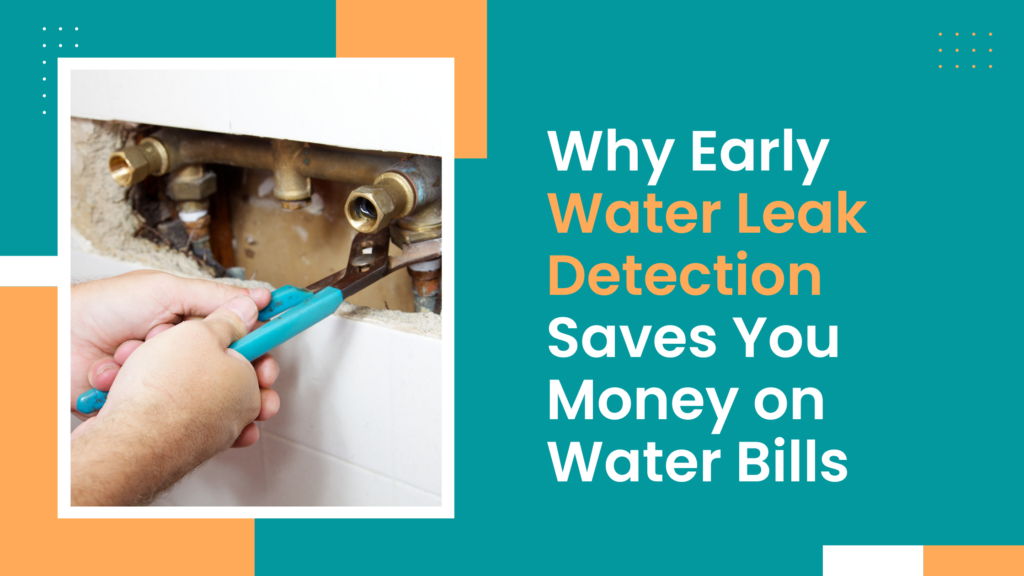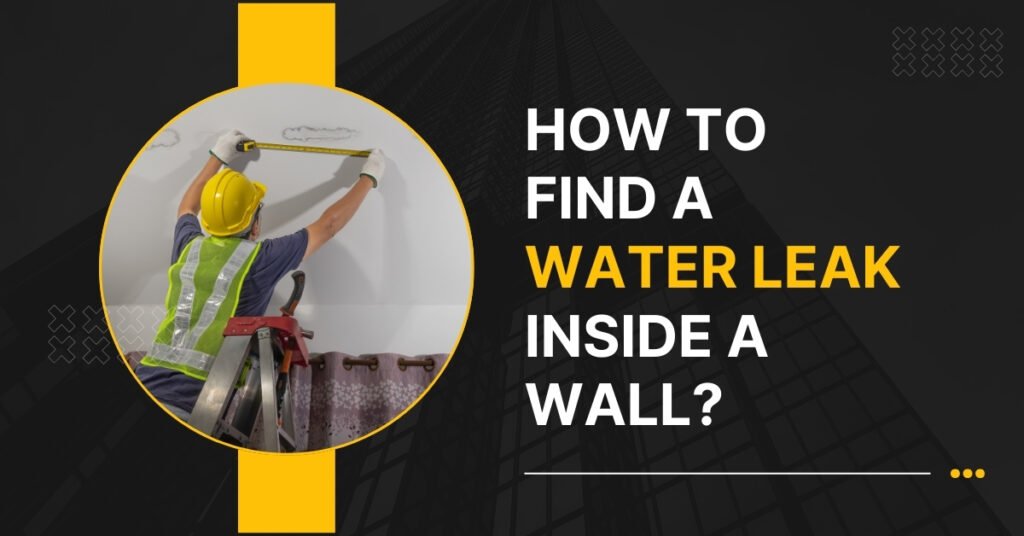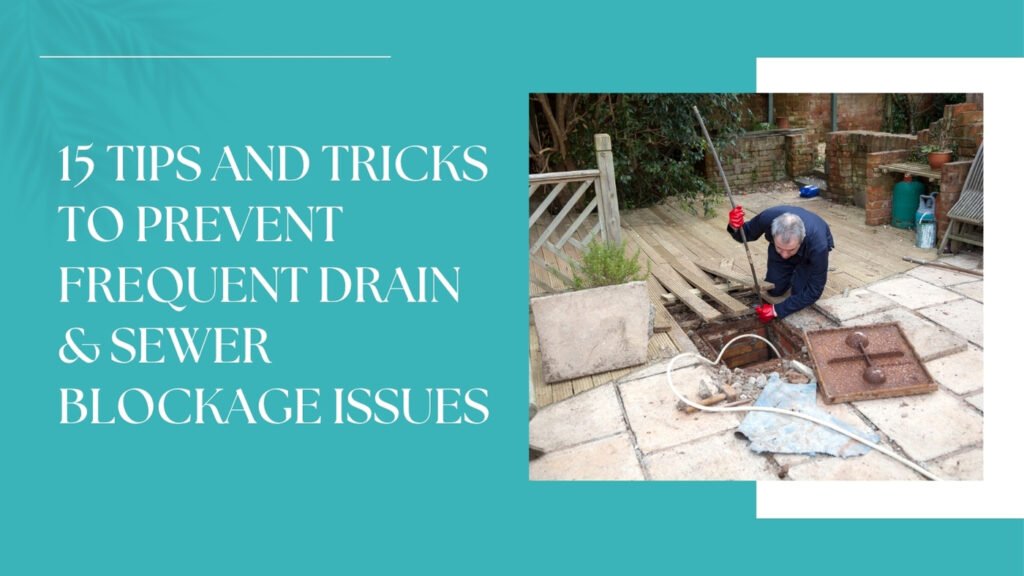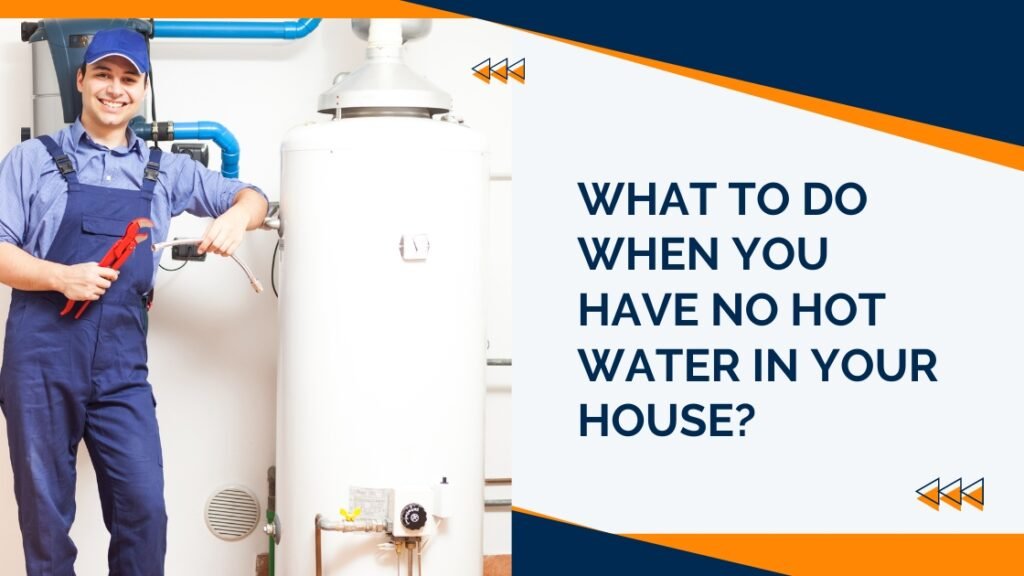How to Troubleshoot Common Water Heater Issues?
A functional water heater is essential for everyday comfort and convenience, providing hot water for bathing, cleaning, and various household tasks. It ensures a comfortable living environment and promotes hygiene and cleanliness. However, water heaters are prone to several common issues that can disrupt their functionality and affect daily routines. Understanding these issues is crucial for homeowners to identify and address problems promptly, ensuring uninterrupted access to hot water and maintaining the efficiency of their water heating systems.
Here Are Common Water Heater Problems
Inadequate Hot Water Supply
Inadequate hot water supply can stem from various underlying issues. An undersized water heater relative to the household’s demands may struggle to meet hot water needs efficiently. A faulty thermostat can also disrupt temperature regulation, leading to inconsistent or insufficient hot water output. Both scenarios can inconvenience users and disrupt daily routines. Ensuring proper sizing during installation and promptly addressing thermostat malfunctions through repairs or replacements can help restore optimal hot water supply and usage.
Lack of Hot Water
The lack of hot water in a water heater can result from several common issues. Heating element failure, where the heating elements cease to function properly, is a frequent culprit. Additionally, sediment buildup in water within the tank can insulate the water from the heating elements, reducing its efficiency. Both problems hinder the heater’s ability to heat water adequately. Regular maintenance and occasional flushing of the tank can help prevent sediment accumulation and prolong the heater’s lifespan.
Strange Noises
Strange noises emanating from a water heater often indicate underlying issues. Sediment accumulation at the bottom of the tank can create popping, rumbling, or banging sounds as water heats and bubbles through the sediment layer. Heating element issues, such as mineral deposits or deterioration, can also lead to unusual noises during the heating process. Regular flushing of the tank to remove sediment buildup and periodic inspection of heating elements can help prevent and address these noisy disturbances effectively.
Leaks
Leaks can occur due to various factors such as corrosion, loose fittings, or a faulty pressure relief valve. Leaks may start small but can quickly escalate if not addressed promptly, potentially causing water damage and increasing utility bills. Locating leaks in a water heater is crucial for prompt resolution and prevention of water damage. Start by visually inspecting the tank, connections, and nearby plumbing fixtures for signs of moisture or dripping water. Check around the pressure relief valve, inlet and outlet connections, and the tank’s base. Use a flashlight to examine areas that might be hidden from view. Be vigilant for rust stains, pooling water, or dampness, as they often indicate the presence and source of leaks.
Basic Troubleshooting Steps
Checking the Thermostat Settings:
Verify that the thermostat is set to the desired temperature and hasn’t been accidentally adjusted. Ensure it’s functioning correctly by adjusting it slightly higher than the current temperature and listening for the water heater to activate.
Inspecting the Pilot Light (for Gas Water Heaters):
Access the pilot light area according to the manufacturer’s instructions. Check if the pilot light is lit; if not, follow the relighting procedure outlined in the user manual. If the pilot light repeatedly goes out, it may indicate a deeper issue requiring professional attention.
Flushing the Tank to Remove Sediment Buildup:
Turn off the water heater and the water supply. Connect a garden hose to the drain valve and position the other end where water won’t cause damage. Open the drain valve and allow water to flow out until it runs clear, indicating sediment removal. Close the valve, refill the tank, and restore power to the water heater.
Testing the Heating Elements:
Turn off power to the water heater at the circuit breaker. Use a multimeter to check the continuity of each heating element. If there’s no continuity, it indicates a faulty heating element that needs replacement. Ensure you follow proper safety procedures and consult the manufacturer’s guidelines for testing specific to your water heater model.
Advanced Troubleshooting Techniques
Checking Electrical Connections:
Inspect the electrical connections of your water heater for any signs of damage, corrosion, or loose wiring. Ensure all connections are secure and free of debris. If you notice any issues, turn off power to the water heater before attempting repairs. Consider consulting a professional electrician if you’re uncertain about electrical work to avoid safety hazards.
Testing Pressure Relief Valves:
Regularly test the pressure relief valve by lifting its lever slightly to allow water to flow out. Listen for the sound of water flowing through the discharge pipe. If no water comes out or if the valve fails to reset properly, it may indicate a faulty valve that requires replacement. Ensure you follow proper safety precautions and relieve pressure cautiously to prevent scalding.
Inspecting the Dip Tube:
The dip tube directs cold water to the bottom of the tank for heating. Inspect the dip tube for signs of deterioration, such as cracks or breakage, which can lead to inadequate hot water supply or sediment buildup. If you notice any damage, consider replacing the dip tube to restore the efficiency and performance of your water heater. Always turn off power and water supply before performing maintenance tasks to prevent accidents and injuries.
Safety Considerations:
Prioritize safety when troubleshooting water heater issues. Turn off power and water supply before conducting any inspections or repairs. Use appropriate safety gear, such as gloves and goggles, especially when dealing with electrical components or hot water. Follow manufacturer instructions and adhere to local building codes. For complex issues or if you’re unsure, seek professional assistance to prevent accidents, electric shocks, or water damage.
In conclusion, troubleshooting common water heater issues requires a systematic approach. Regular maintenance, such as flushing the tank and testing components, can prevent problems like inadequate hot water and leaks. Prioritize safety, follow manufacturer guidelines, and consider professional assistance for complex issues to ensure efficient and safe water heater operation.
For residents in St. Helena, CA, and require expert help with water heater issues, consider reaching out to water heater repair in St. Helena, CA. Their skilled technicians can effectively diagnose and resolve various water heater problems, bringing comfort back to your residence. Emphasizing regular maintenance, prompt repairs, and well-informed choices regarding water heater replacement are vital for ensuring a consistent and efficient hot water supply.


